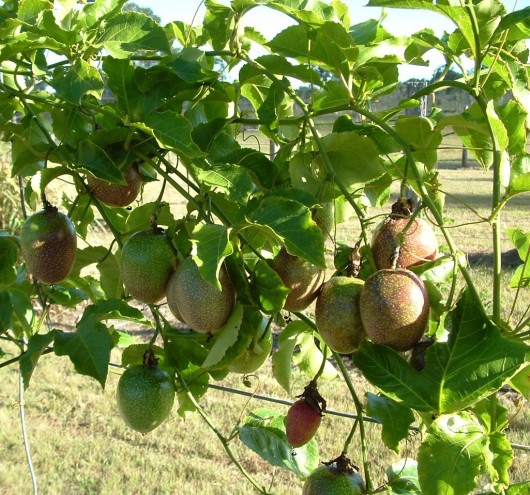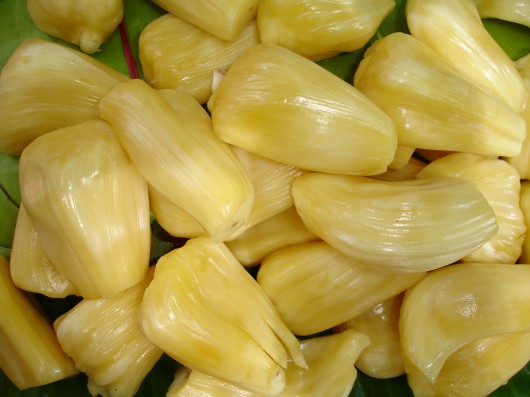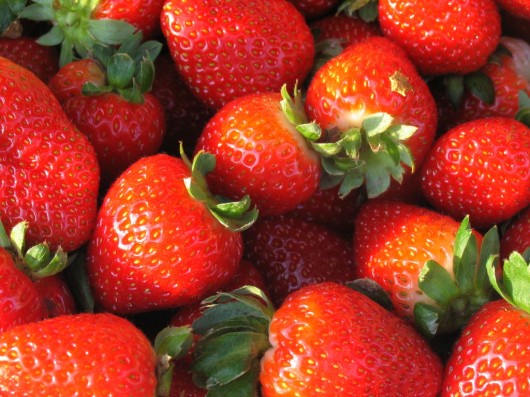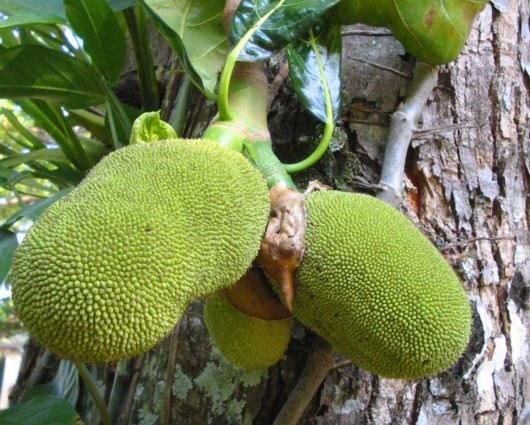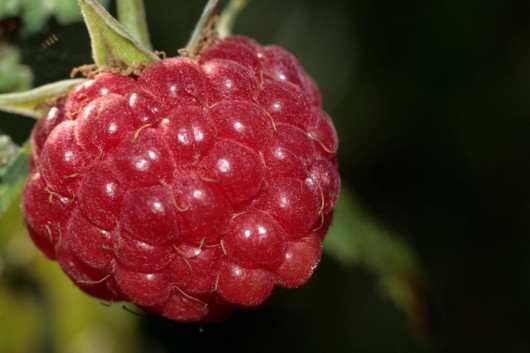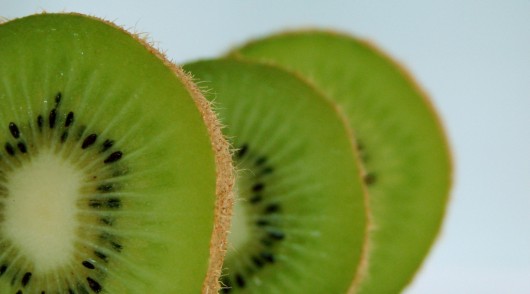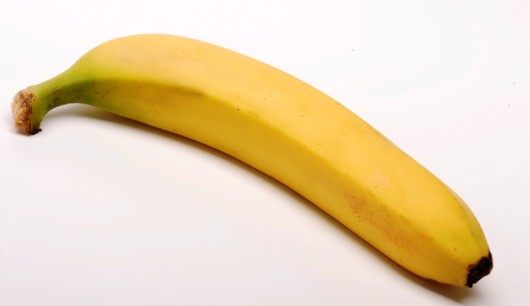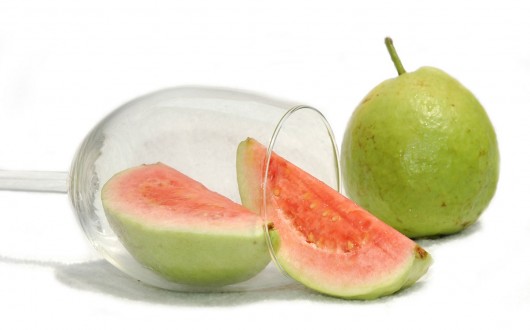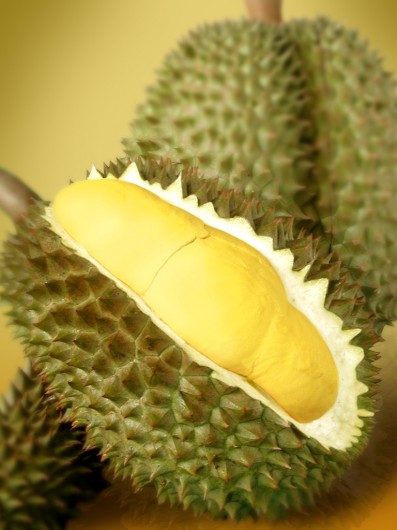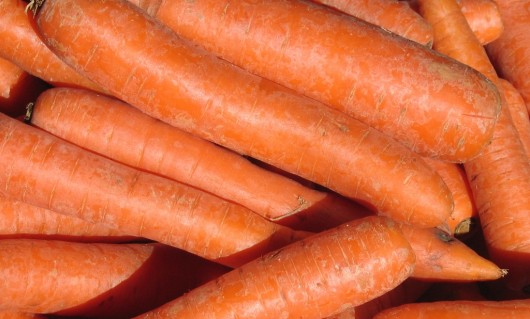Which Fruit Has The Most Niacin (Vitamin B3)?
One of the most important nutrients for the body is Niacine. For proper nutrition, a daily intake of niacin is recommended. The recommended dosage will vary according to age. For pregnant women or those who are breast-feeding, recommended dosage is eighteen milligrams a day. Adult men should get sixteen milligrams per day, the daily requirement for adult women is fourteen milligrams, and the required dosage for children is between two, and twelve milligrams each day.
What Is Niacin (Vitamin B3)?
Niacin, which is a B Vitamin, is also known as nicotinic acid. This organic compound is a natural substance found in plants, and is widely used as a nutritional supplement. It is water soluble and easy for the body to digest. Generally recognized as Vitamin B3, niacin is found in a wide range of foods like sun-dried tomatoes, bacon, peanuts, tuna, liver, wheat bran, rice bran, and chicken. Niacin is also found in yeast extract and paprika. One teaspoon of paprika supplies five percent of the Recommended Daily Allowance (RDA) for niacin.
How Niacin Helps The Body
Niacin is needed to help the body process fat. It has been used to regulate levels of blood sugar, and lower cholesterol. A deficiency in niacin can lead to a number of health related problems such as depression, anxiety, and fatigue. In cases of severe niacin deficiencies, patients can suffer from a disease known as pellagra. This is a serious vitamin deficiency disease that is accompanied by dementia, dermatitis, diarrhea, and death if left untreated. Pellagra is often found in patients who suffer from long-term alcoholism.
While niacin tablets are a commonly used supplement, those who are interested should consult their doctor or health care provider. Follow the pharmacy or label directions, and only take the daily allowance that has been prescribed by your doctor.
Top Fruits For Niacine Content
The amounts of Niacine are given for 100g of each fruit.
1 Passion Fruit 1,50 mg
2 Guava 1,10 mg
3 Durian 1,10 mg
4 Jackfruit 0,92 mg
5 Peach 0,80 mg
6 Melon (Cantaloupe) 0,70 mg
7 Banana 0,67 mg
8 Pumpkin 0,60 mg
9 Lychee 0,60 mg
10 Mulberry 0,60 mg
11 Mango 0,60 mg
12 Raspberry 0,60 mg
13 Blackberry 0,60 mg
14 Carrot 0,60 mg
15 Apricot 0,60 mg
16 Tomato 0,59 mg
17 Elderberry 0,50 mg
18 Blueberry 0,40 mg
19 Plum 0,40 mg
20 Strawberry 0,40 mg
21 Fig 0,40 mg
22 Tangerine 0,38 mg
23 Kiwi 0,34 mg
24 Papaya 0,30 mg
25 Orange 0,30 mg
26 Grape 0,30 mg
27 Gooseberry 0,30 mg
28 Blackcurrant 0,30 mg
29 Mangosteen 0,30 mg
30 Pomegranate 0,30 mg
31 Cherry (sweet) 0,20 mg
32 Pear 0,20 mg
33 Lime 0,20 mg
34 Cucumber 0,19 mg
35 Watermelon 0,18 mg
36 Pineapple 0,10 mg
37 Lemon 0,10 mg
38 Redcurrant 0,10 mg
39 Apple 0,10 mg
40 Cranberry 0,10 mg
41 Grapefruit 0,00
